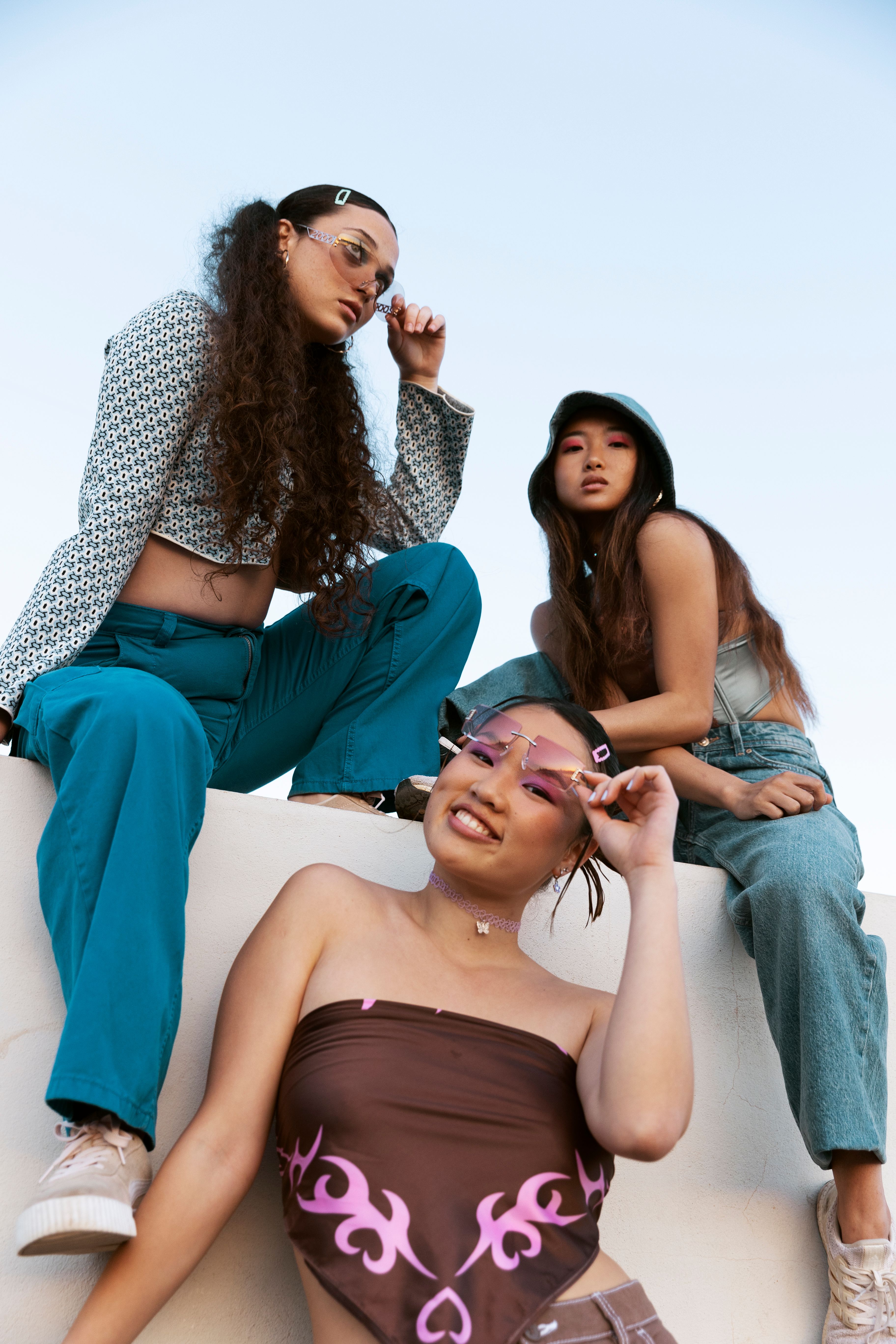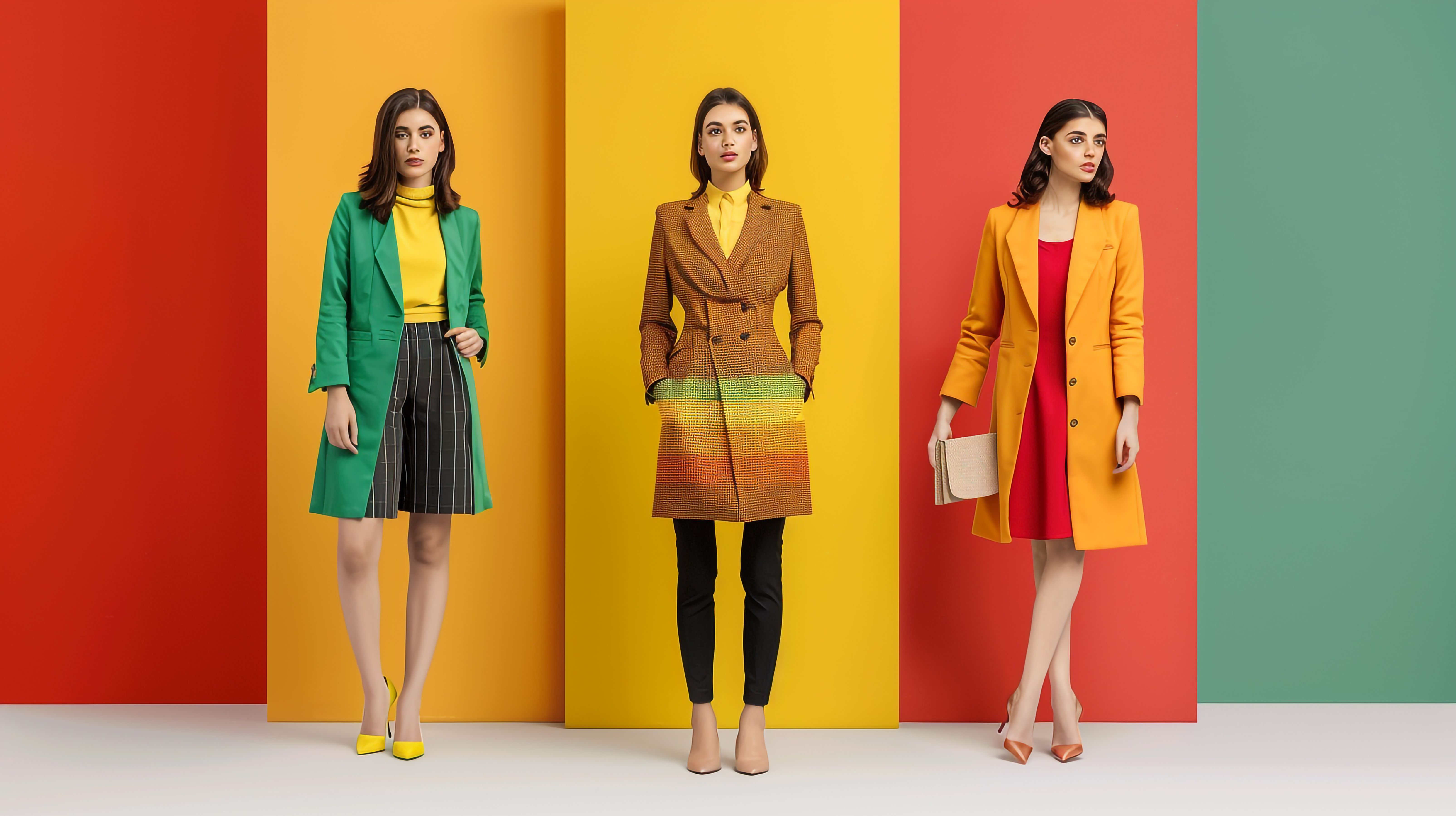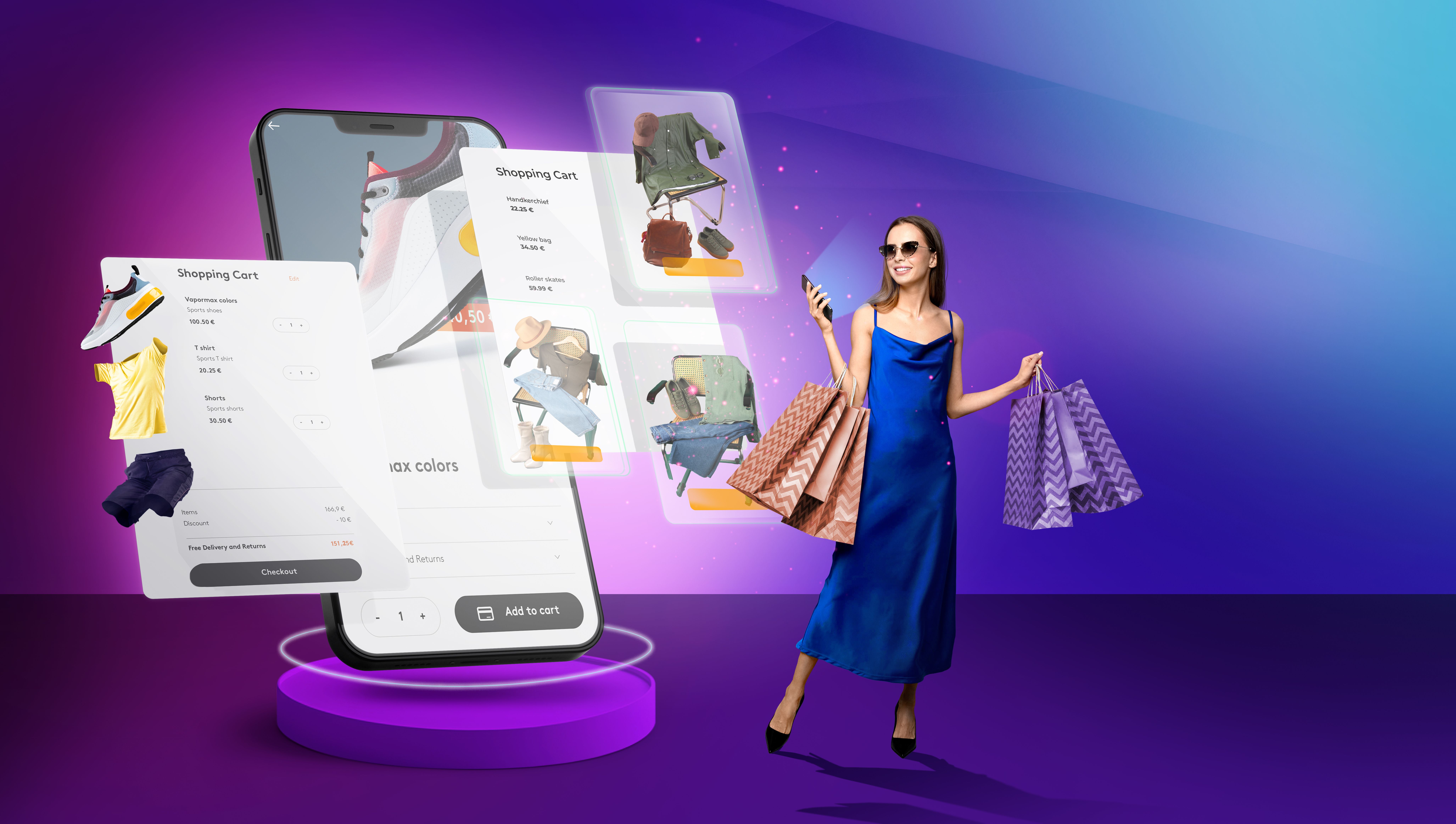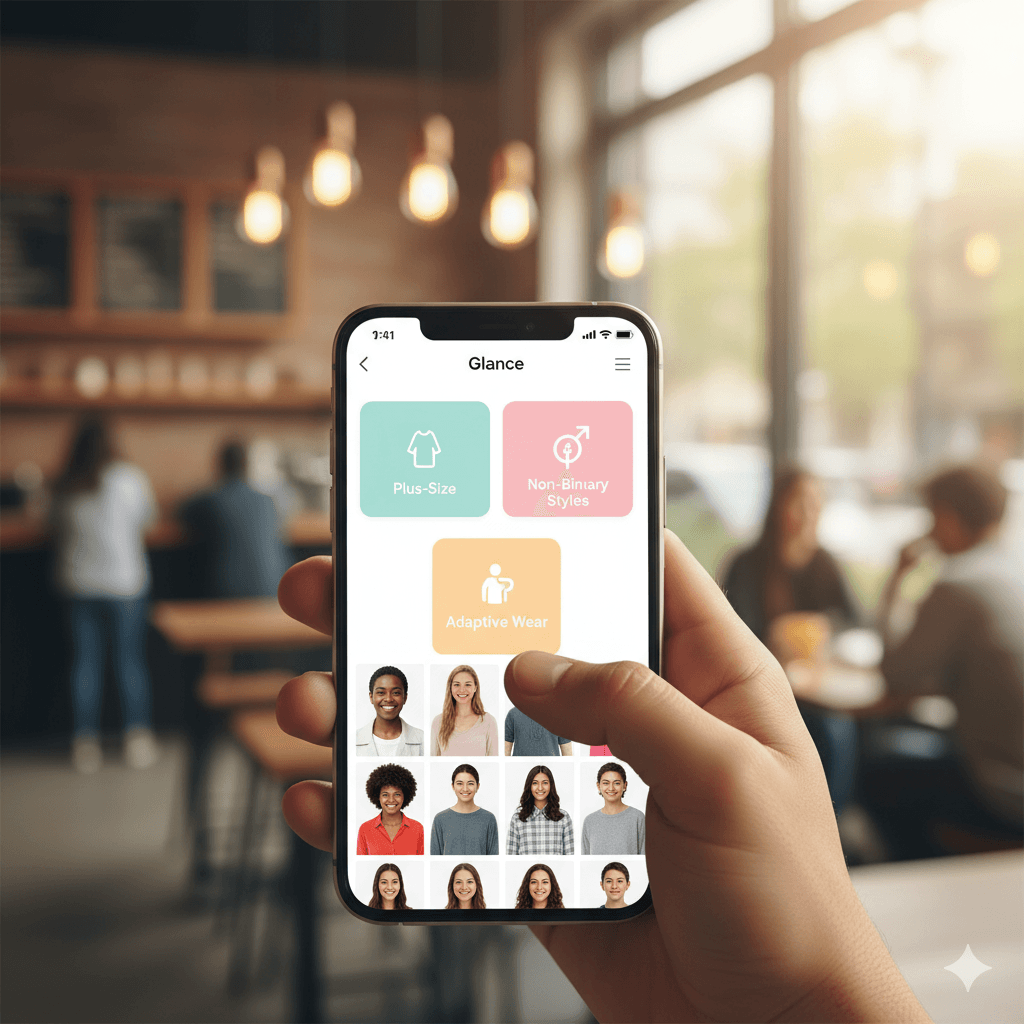How Fashion Inspiration Evolves Through Social Media
Find Your Perfect Fit: Outfit Planner for All Body Types
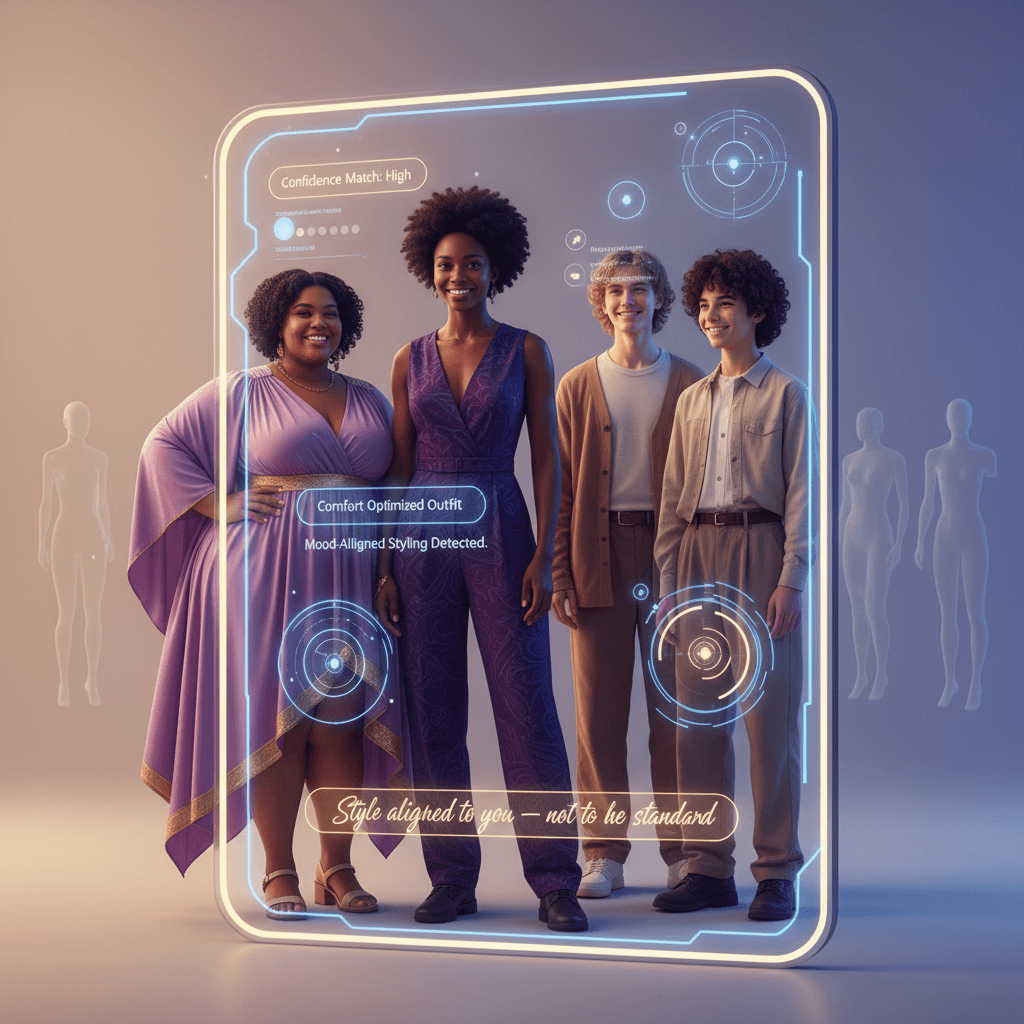

TL;DR
- An outfit planner tailored to body types supports inclusive, confident style—no more one-size-fits-all guesswork.
- With tools that understand your shape, the planner reduces decision fatigue and elevates everyday and event looks.
- Linked with intelligent style platforms like Glance, the planner becomes a smart wardrobe partner across body types.
Why the Right Outfit Planner Matters for Every Body
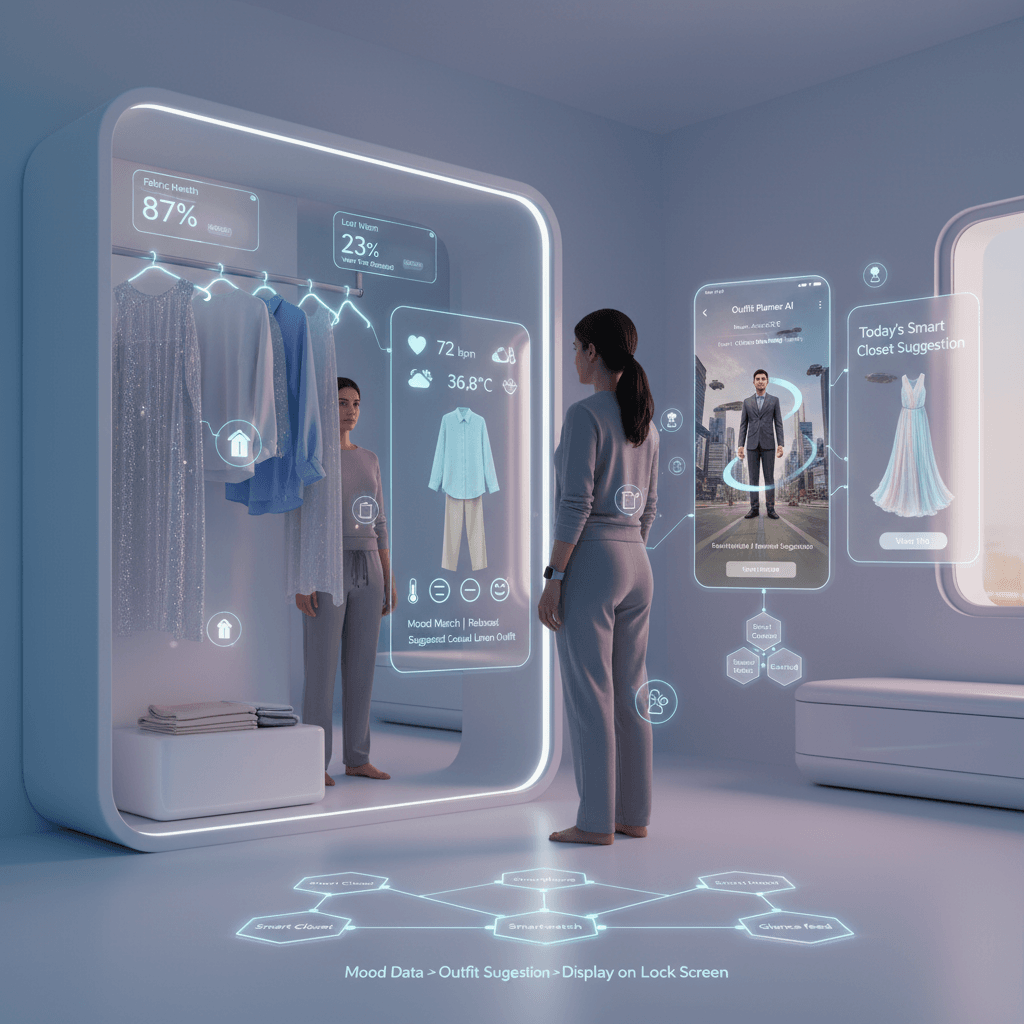
When you use an outfit planner, you’re moving beyond generic “try whatever fits” logic. Instead, the planner helps you find styles built around your unique proportions—whether you’re pear-shaped, hourglass, rectangle, or inverted triangle.
Inclusive fashion research shows that many consumers feel excluded when brands show only one body type. For instance: in a mixed-method study, Indian respondents emphasised that size and shape inclusivity in fashion matters for self-identity and daily wear.
By choosing an outfit planner tuned to diverse body types, you’re opting for a tool that respects your form and works with it—not against it.
Recognizing Body Types and Making the Planner Work
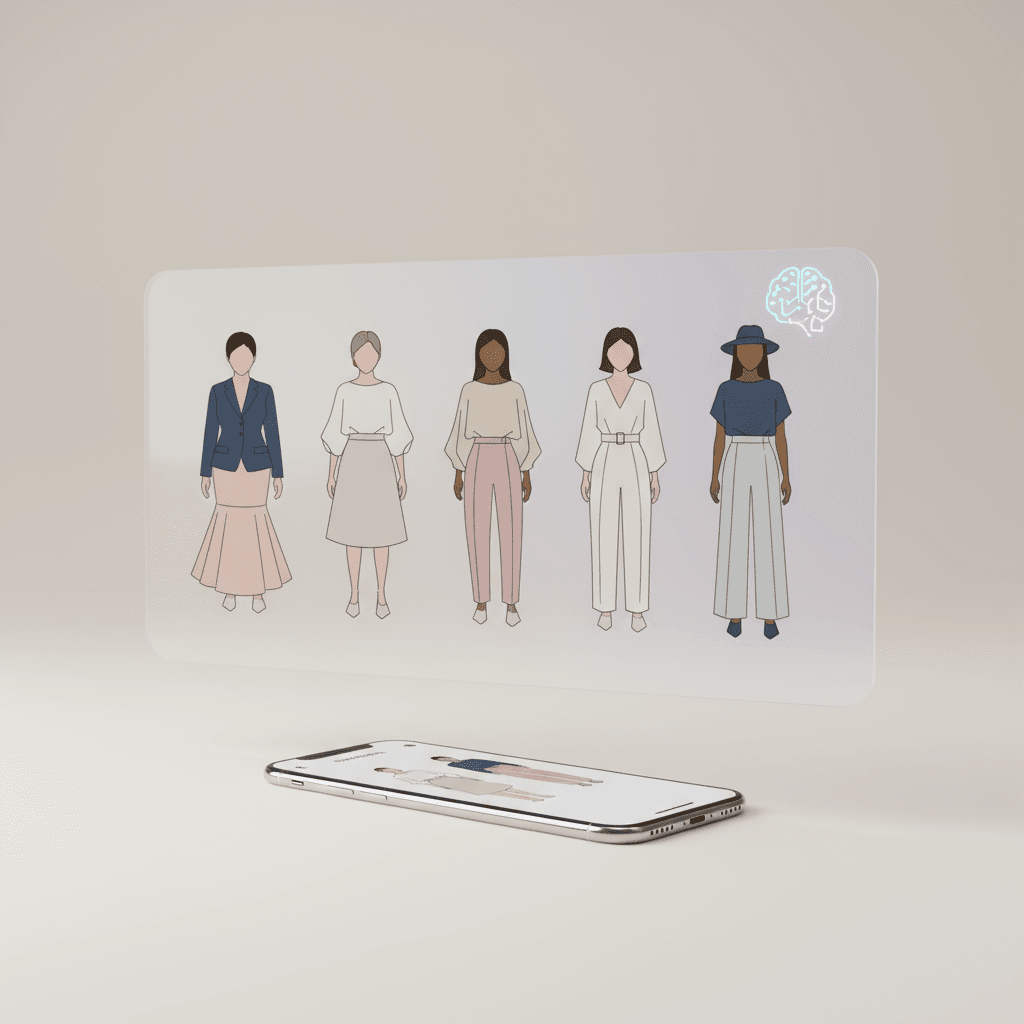
Fashion stylists frequently refer to five common body-type categories: hourglass, pear, apple, rectangle and inverted triangle.
Here’s how an outfit planner uses body-type info:
- If you’re hourglass, the planner may highlight waist-defining jackets, balanced proportions and accentuated curves.
- If you’re pear-shaped, it might suggest A-line skirts, lighter tops and focus on your upper body.
- For rectangle, it may propose layering with texture or belts to create shape.
- For inverted triangle, look for designs that balance shoulders with lower-body volume.
By integrating your shape details into the outfit planner system, the styling becomes personalised—less guesswork, more “that fits me” confidence.
How Tech Helps the Outfit Planner Understand Your Shape
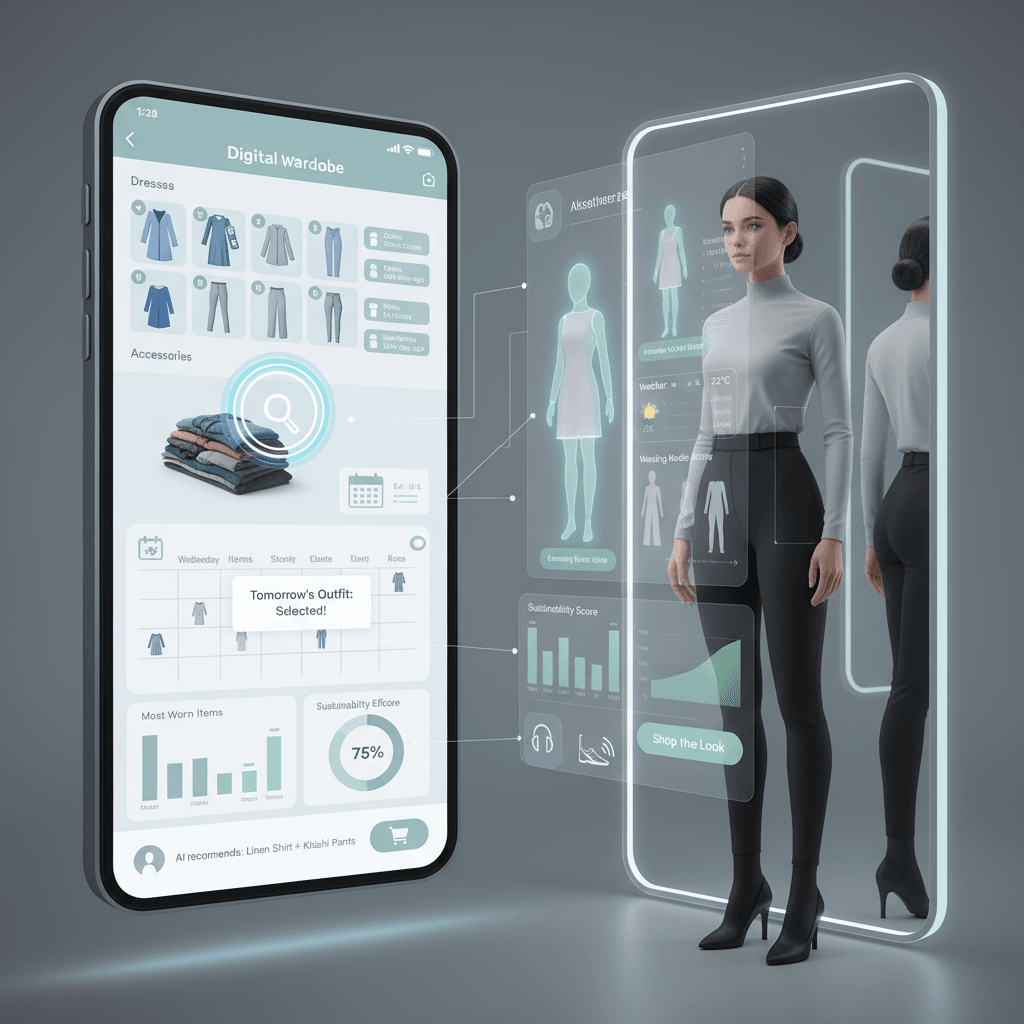
Thanks to research into personalization technology, fashion tech tools now handle body measurements, fit prediction and style classification. For example: a chapter on ‘AI-Driven Personalized Fashion Curation’ explains how deep learning of body proportions, texture and colour improves satisfaction and fit prediction.
Another study found that consumers faced greater discomfort and return issues when sizing and body-type representation were mismatched—pointing to the need for body-type specific tools.
In practice: your outfit planner might sync with the Glance feed which surfaces aesthetic outfit ideas, then your body type data informs which ones truly work—from casual looks to professional outfits or special-event planning. The result: styling that fits and feels right.
Inclusive Style & Outfit Planner Success Stories
Case-in-point: In “Fashion Inclusivity: Designing for all Body types, Genders & Identities”, brands and tools achieving real inclusion reported better engagement and user satisfaction with diverse body-type representation.
Here are practical ways an outfit planner delivers this:
- Users reclaim items they avoided because they didn’t feel “me”-appropriate; the planner suggests them again in flattering combinations.
- For plus size users, a body type-aware planner helps reduce frustration caused by limited representation and fit issues. For instance, inclusive size-research shows lack of fit and representation undermines confidence.
- Professionals or users preparing for big events (wedding outfit planner use-case) can plan looks weeks ahead based on body type, event type and outfit combinations—so they feel confident rather than overwhelmed.
Reducing Decision Fatigue with Body-Type Aware Planning

Decision fatigue in fashion is real—having to pick from countless styles every single day drains mental energy. An outfit planner built for diverse body types eases this burden because it:
- Filters out looks that don’t work for you.
- Suggests combinations tailored to your shape (and event, mood or time) so you decide less—and feel better.
By integrating intuitive style prompts (for example via Glance-powered inspiration) with your planner’s understanding of your body type, you walk into the day dressed—not stressed.
Best Practices to Use an Outfit Planner for Your Body Type
Action Steps:
- Measure and record your proportions – upload height, waist, hip, shoulder width. The planner uses this to tag body-type cues.
- Tag your preferences and shapes – note what you enjoy wearing, what you avoid, what fits best.
- Use filters for occasions – e.g., work-everyday, casual weekend, formal event. Choose pre-set categories in the planner.
- Connect your inspiration feed – linking tools like Glance gives you aesthetic looks that align with your shape and style preferences.
- Review monthly – check what worked, what didn’t, what you ended up not wearing—update your planner tags and body type profile.
Do validate your preferences, Don’t ignore items you know don’t work (the planner will learn if you select them anyway).
Your outfit planner becomes a tool that evolves with you—your shape, your style and your life.
The Future of Outfit Planning for All Body Types
As the Outfit Planning cluster advances, three major trends are emerging:
- AI-powered body shape modelling: Tools using your body-type data to generate wardrobe suggestions.
- Bias-aware design and recommendation engines: Ensuring planners don’t assume one body type as “default”—inclusion matters.
- Adaptive wardrobe ecosystems: Your outfit planner links with your calendar, mood cues, event type and body-type preferences, plus aesthetic looks and style inspiration from platforms like Glance.
In essence, future outfit planners won’t just show you clothes—they’ll understand you.
Conclusion
Your body type is not a limitation—it’s a fact of your unique style story. Choosing an outfit planner that understands your shape, preferences and life occasions means you don’t just pick clothes—you build confident looks that match your body and your mindset. Pair that with inspiration systems like Glance, and you’re not just preparing for what you’ll wear—you’re planning how you’ll feel. Embrace a planner built for your shape, and watch your wardrobe become a source of empowerment, not stress.
FAQs
Q1: What exactly does an outfit planner do for different body types?
An outfit planner uses data—your body proportions, style history, preferences and upcoming events—to suggest combinations tailored for your shape. Rather than generic “pick this piece”, you receive suggestions made for you.
Q2: Does this work for non-standard or plus-size body types?
Yes. Research shows that brands and tools ignoring certain body types reduce engagement and fit confidence. A body type-aware planner addresses gaps in fit, representation and suggestions.
Q3: How can I integrate inspiration without getting overwhelmed?
Link your planner to a streamlined style feed where you see curated aesthetic looks aligned with your body type. Then let your planner suggest the combinations—so you browse inspiration, not chaos.
Q4: What if my body changes (weight, shape, etc.)?
Good planners adapt. If you update your measurements or style tags, the system recalibrates your profile and continues suggesting looks for your new shape—keeping your styling relevant.
Q5: Is this only for women or one gender?
No. While many examples are in women’s fashion, the concept of body type (shape, proportions) applies across genders. A modern outfit planner should cater to everyone.


